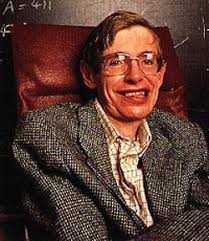Shuffling Math
Using math, a magician can figure out how to find one card in a deck or how many times to shuffle the deck to really mix it up.

....It all got started when Bayer saw Diaconis perform a magic trick. Diaconis started with a deck of cards with each suit in perfect order, ace through king. He handed the deck to someone in the audience. Cut and shuffle the deck three times, he said, and then look at the top card without showing anyone.
“I’m sure you’ll agree that no living human could know the value of that card,” Diaconis declared grandly.
Then Diaconis asked the audience member to insert that card anywhere in the deck and cut and shuffle it a final time.
Finally, he spread the cards face up in a wide arc on the table, stared for several long moments, and plucked out the right card.
“How did you do it?” Bayer asked in amazement.
Diaconis winked at Bayer and, since he was a friend, explained how it worked – once the two were alone. Diaconis put the deck in order again and cut the deck and shuffled the cards once. Then he spread the cards out on the table, face up.
Read more....





























